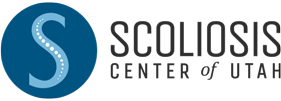Scoliosis
Infantile Scoliosis
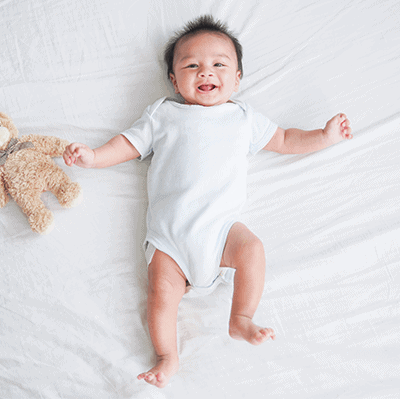
Infant scoliosis is a rare condition characterized by an abnormal curvature of the spine in infants, typically appearing around the age of six months, and under three years. While scoliosis is more commonly associated with adolescents, infantile scoliosis presents unique challenges and requires specialized care.
At Scoliosis Center of Utah, we specialize in diagnosing and treating infant scoliosis, offering advanced solutions like the ScoliBrace to provide effective results.
What is Infant Scoliosis?
Infantile scoliosis is a curvature of the spine that occurs in babies under the age of one. Unlike adolescent scoliosis, which often develops during growth spurts, the causes of infantile scoliosis are less understood. It can result from congenital anomalies, neuromuscular conditions, or idiopathic factors. Early detection and intervention are crucial to managing infantile scoliosis effectively.
Symptoms of Infant Scoliosis
Identifying infant scoliosis can be challenging since babies cannot communicate discomfort or pain. However, parents and caregivers should look out for the following signs:
- Uneven shoulder or hip alignment
- Abnormal curvature of the spine when lying flat
- Prominence of the ribs on one side
- Difficulty breathing due to limited lung development in severe cases
- Asymmetrical movement patterns
Diagnosing Infantile Scoliosis
Diagnosing infantile scoliosis typically involves a physical examination by a chiropractor, pediatrician, or orthopedic specialist. Additional imaging tests such as X-rays or MRIs may be necessary to assess the severity and underlying cause of the curvature.
Treatment Options for Infantile Scoliosis
Dr. Katalina Dean’s approach for infantile scoliosis depends on various factors, including the severity of the curvature, the age of the child, and any associated medical conditions. Treatment options may include:
Observation: In mild cases, where the curvature is minimal and not progressing rapidly, regular monitoring may be recommended to track the condition’s progression.
Bracing: For moderate to severe cases of infantile scoliosis, bracing may be needed to help correct the curvature and prevent further progression. At Scoliosis Center of Utah, we offer the innovative ScoliBrace solution, a custom-made 3D orthosis designed to stabilize and correct the spinal misalignment for infants with scoliosis.
Surgical Intervention: In rare cases where the curvature is too severe and progressive, surgical intervention may be necessary to correct the spine’s alignment. While our team at Scoliosis Center of Utah is confident in stopping and reversing the progression of infantile scoliosis, in some rare cases we will refer you to a surgeon who will take great care of you.
Why Scoliosis Center of Utah?
At Scoliosis Center of Utah, headed by Dr. Katalina Dean, we understand the unique challenges associated with treating infantile scoliosis. Our multidisciplinary team of chiropractors, physical therapists, scoliosis specialists, and orthotists work together to provide personalized care tailored to each infant’s specific needs. We prioritize early intervention, utilizing one of the most advanced scoliosis bracing tools such as ScoliBrace to achieve the best possible outcomes for our young patients.
Infantile scoliosis is a complex condition that requires specialized care and attention. Early detection and intervention are essential for managing the condition effectively and preventing complications as the child grows. At Scoliosis Center of Utah we are dedicated to providing comprehensive treatment options for infantile scoliosis, including the use of innovative solutions like the ScoliBrace. Contact us today to schedule a consultation and learn more about how we can help your child achieve optimal spinal health.
Non Invasive
Safe & Effective
No Downtime
Types of Scoliosis

Infantile Scoliosis
Infantile scoliosis is rare, affecting children younger than 3 years of age. It begins to develop in the first 6 months of life. Like other types of scoliosis, it is characterized by an abnormal sideways S or C curve of the spine. Sometimes, It can resolve spontaneously; however, it often progresses to a more severe form of scoliosis. Treatment may involve observation, specific exercises, bracing, and, as a last resort, surgery.
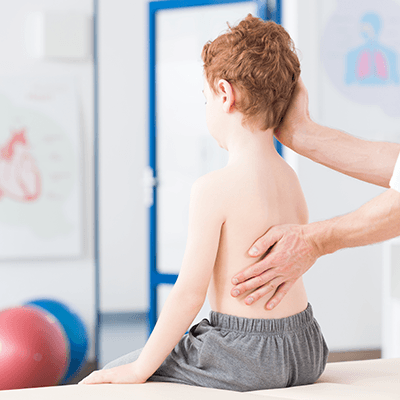
Juvenile Scoliosis
Juvenile scoliosis affects children between ages three and nine. It’s characterized by the hallmark abnormal sideways S or C curve of the spine. Girls tend to be more susceptible to the condition than boys, and curves tend to bend more often to the right. Interestingly, curves to the left tend to have a better prognosis.
Children with juvenile scoliosis generally have a high risk of progression. Seven out of 10 children with this condition will require active treatment to mitigate its severity and associated risks. Treatment usually requires bracing, and many cases require some form of surgery. Early detection and proper management are recommended for the best outcome.
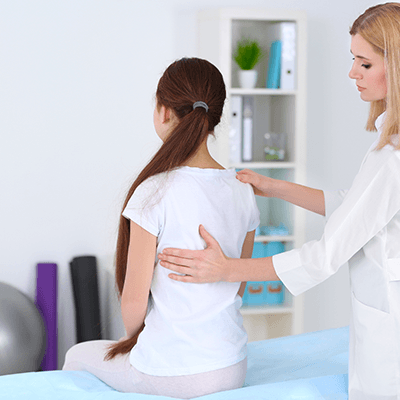
Adolescence Scoliosis
Adolescent scoliosis affects adolescents and young adults. It’s typically diagnosed by puberty and is more easily diagnosed in girls than boys. Children with adolescent scoliosis tend to be generally healthy outside of posture issues.
This condition has a better prognosis than juvenile scoliosis, but can still progress to a significant deformity if not detected early and properly managed. It is not uncommon for untreated cases of adolescent to escalate into chronic back pain and mobility issues.

Adult Scoliosis
There are two types of adult scoliosis: Pre-existing, untreated adolescent scoliosis (Adolescent Scoliosis in Adults, or ASA), and the development of scoliosis as a result of spinal degeneration (Degenerative De-Novo Scoliosis or DDS).
Adults with ASA may have a previously diagnosed form of adolescent scoliosis. ASA may be progressive or stable, depending on the individual case. With a previous diagnosis, monitoring progression is easy through the comparison of current X-rays and adolescent X-rays. In situations where scoliosis is discovered in adulthood, determining a pre-existing adolescent condition can be difficult.
DDS usually develops in middle-aged and older adults, typically diagnosed around age 45 or older. Because DDS results from degenerative instability, it’s almost always progressive. The most common symptom is chronic lower back pain. Treatment for Adults may involve, bracing, specific exercises, and chiropractic adjustments.
Contact Scoliosis Center Of Utah today, our experts will give you the best advice.
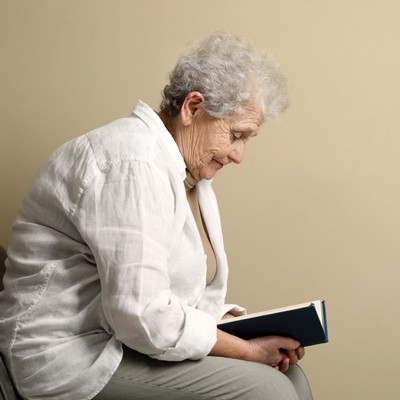
Elderly Scoliosis
Approximately two-thirds of the elderly population experience scoliosis, with pain often accompanying this condition in older patients. Adult Scoliosis, also known as Adult-Onset Scoliosis, differs from Adolescent Idiopathic Scoliosis. It manifests as a degenerative curvature of the spine, primarily due to the degeneration of spinal joints.
Typically emerging in individuals over the age of 65, this type of scoliosis affects a larger portion of the spine, extending to the neck region. Usually presenting as a C-shaped curve in the lumbar spine, it is often linked to spinal degeneration, medically termed Spondylosis. Factors contributing to this condition include the weakening of spinal ligaments and soft tissues, alongside the development of bone spurs, resulting in abnormal spinal curvature.
Additionally, osteoporosis, vertebral compression fractures, and disc degeneration can exacerbate adult-onset scoliosis. Spinal tumors, such as osteoid osteoma, also represent potential culprits, inducing pain and prompting individuals to lean to one side to alleviate pressure, thereby contributing to spinal deformity. Degenerative scoliosis stands as the predominant form of scoliosis observed in adult populations.
Do You Qualify for Care?
Schedule an Appointment Below
